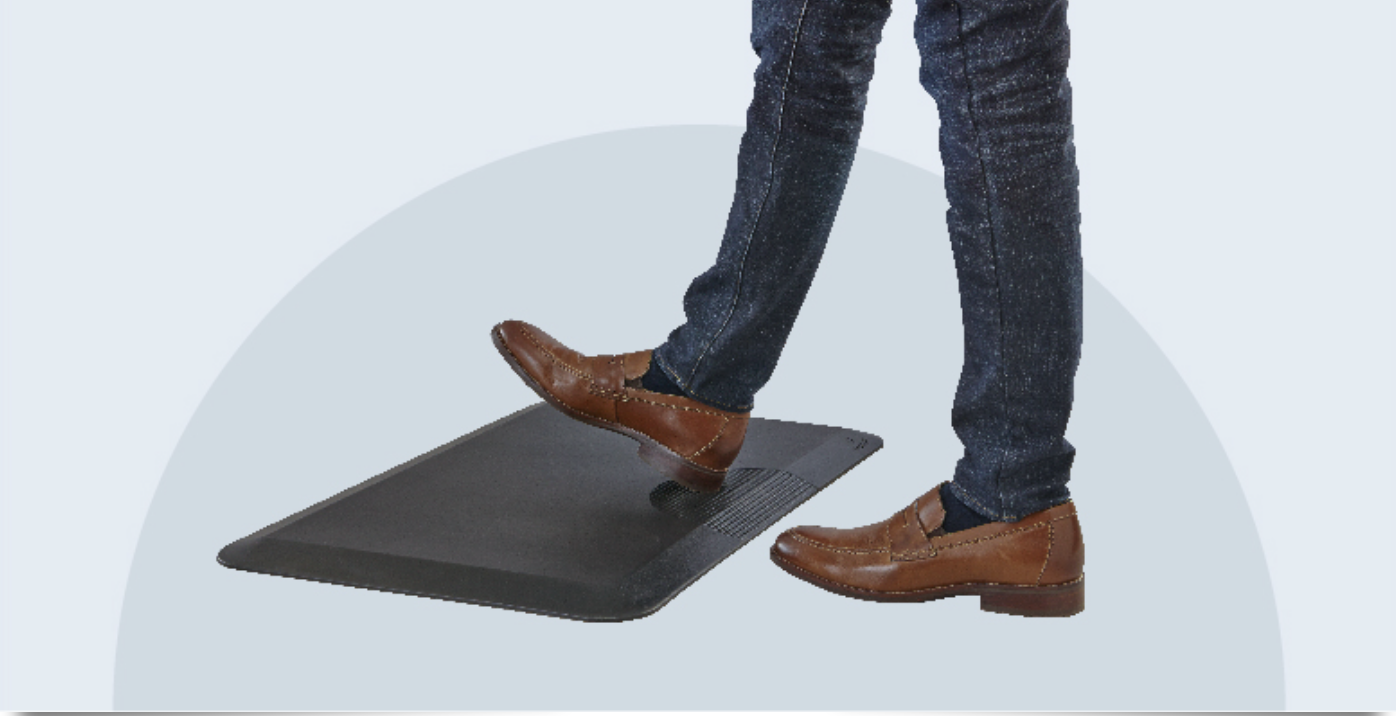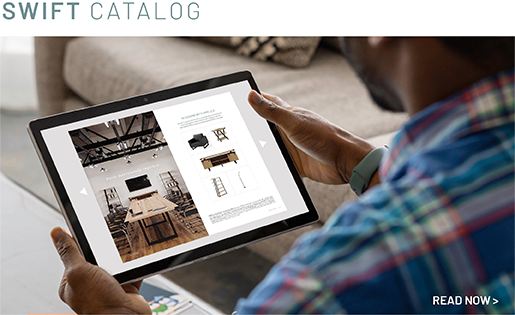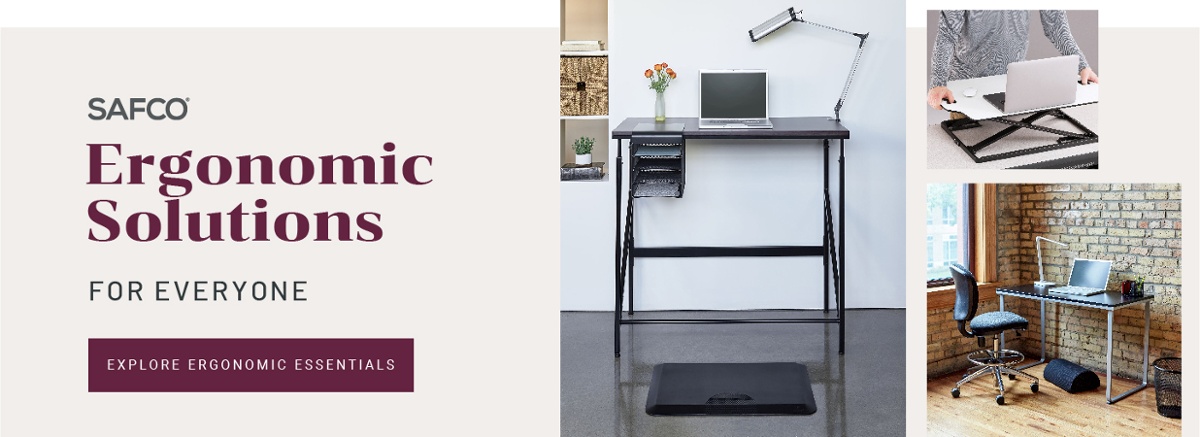Lend Your Support

Feel Great to Do Great
We’ve all made the connection that supporting good ergonomics and well-being in the workplace can boost productivity. That’s why you’ve made sure all your employees have a comfortable, high-performance task chair. But before you check off the box, remember that championing ergonomics for everyone involves much more than just providing appropriate back support while they’re sitting. Designing an overall ergonomic workplace means promoting good posture and healthy movement as well as reducing repetitive motions, strain, and fatigue for all tasks.
Does It Really Matter that Much?
Poor ergonomics can result in musculoskeletal disorders (MSDs) like carpal tunnel syndrome and tendonitis, as well as headaches, migraines, and back injuries. And while putting in place preventive measures might seem daunting from a cost perspective—the financial ramifications of dealing with MSDs in the workplace are far more exorbitant.
According to the US Department of Labor Statistics, 33% of workers’ compensation claims are due to MSDs, with these cases resulting in 38% more lost time than the average injury or illness. The cost of workers’ compensation claims per injury can equal $29,000 - $32,000 per year without factoring in the loss of productivity that results. This leaves little doubt that workplace ergonomic injuries can have a significant impact on not just the individual but on the organization as a whole.
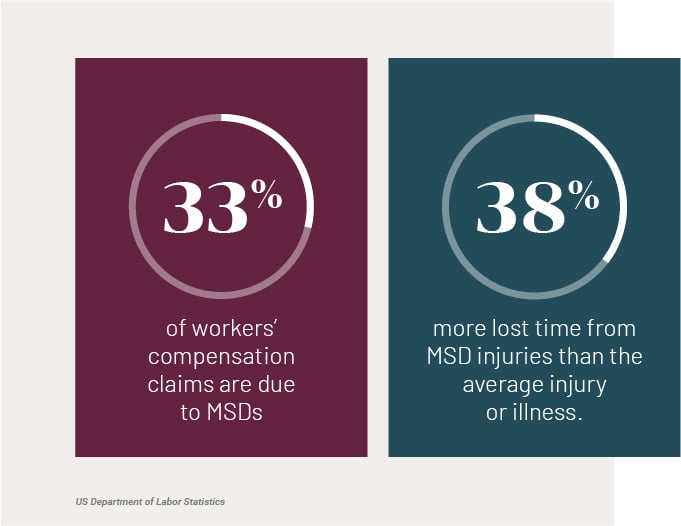
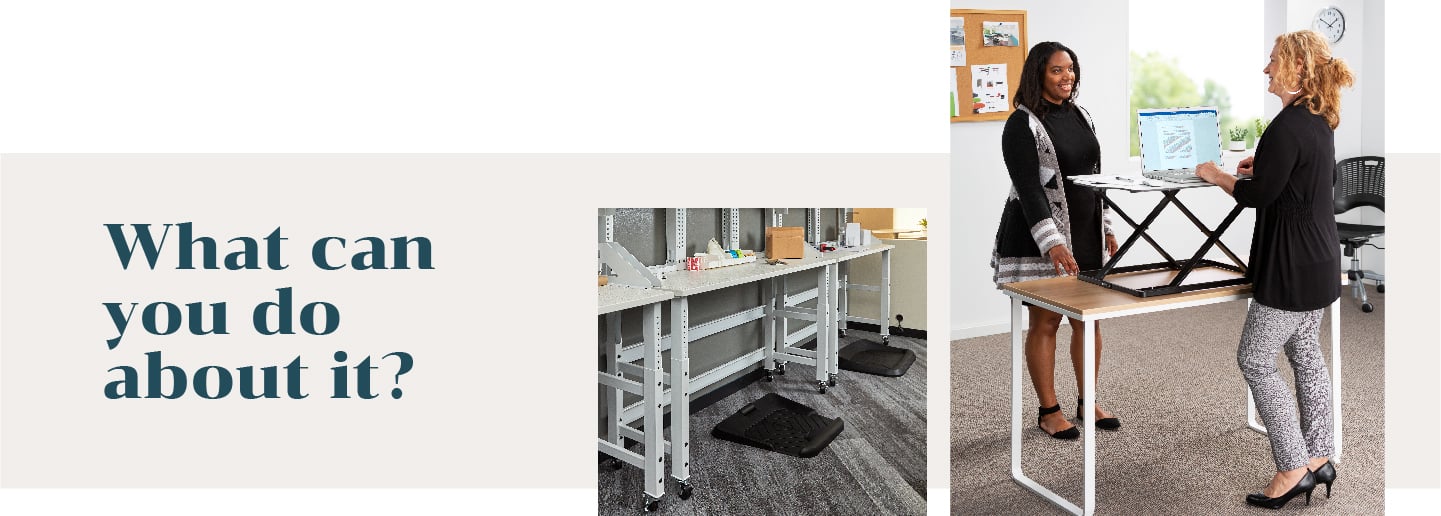
If “an ounce of prevention is worth a pound of cure,” then it makes sense to ensure that your employees have all the right ergonomic tools to get their jobs done. While a high-performance task chair is a great start, consider other accessories that can help with proper posture, including the following:
Monitor Arms
Monitor placement can have a significant impact on neck, back, and eye strain, as people contort themselves to better see what’s on their screens. Monitor arms allow workers to place screens in the optimal position, encouraging a healthier posture, whether sitting or standing.
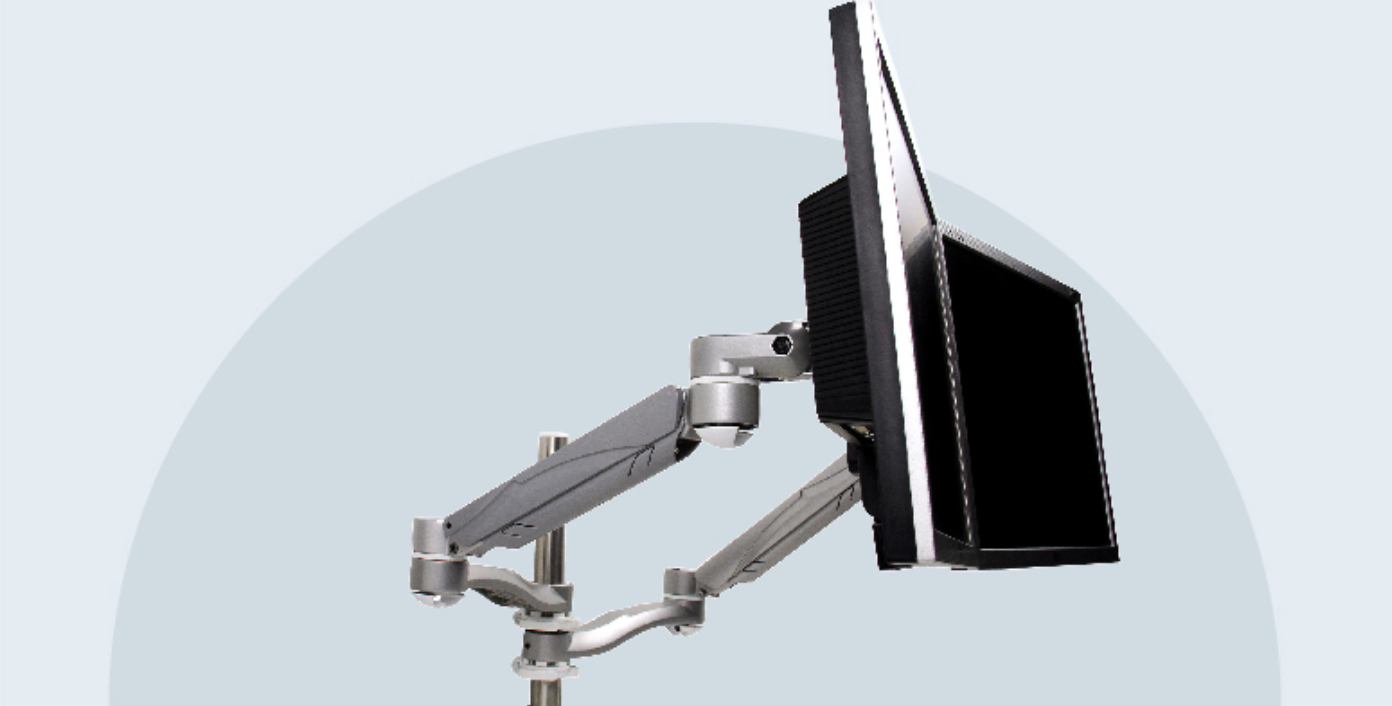
Ergonomics Footrests
Ergonomic footrests can improve circulation, blood flow, and comfort for long periods of sitting by helping to align posture. They can reduce fatigue and pressure on the feet, ankles, knees, and thighs, especially for more petite workers who can’t be accommodated by the standard height range of many task chairs. Some footrests even promote healthy leg movement within their design.
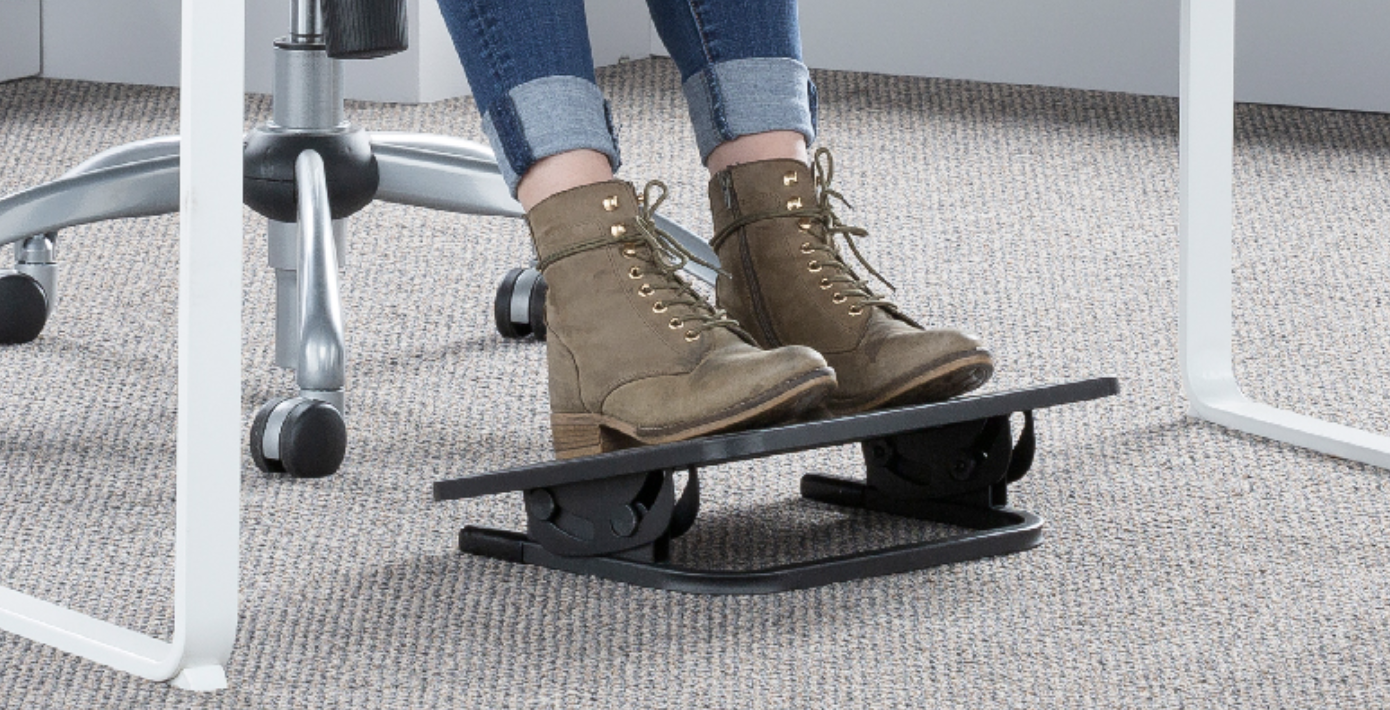
Desktop Sit/Stand
Desktop Sit/Stand accessories are an incredibly affordable solution to encourage workers to stay active during the workday as they shift between sitting and standing. These changes in posture encourage movement and improve circulation while helping to reduce the strain on the lower back from prolonged periods of sitting.
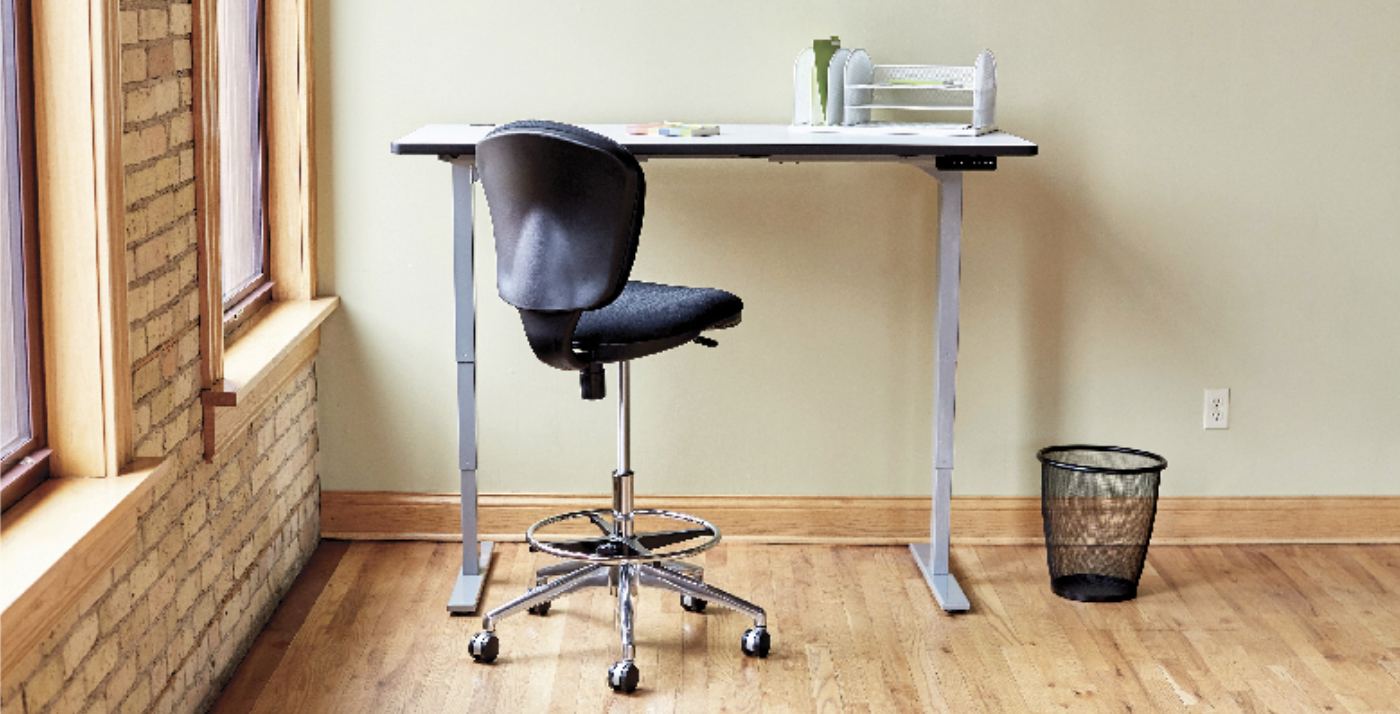
Anti-Fatigue Mats
Just as prolonged sitting can have negative health implications, so can prolonged periods of standing. Anti-fatigue mats offer cushioning and shock absorption, which can reduce muscle stress and discomfort when using standing-height work surfaces.
